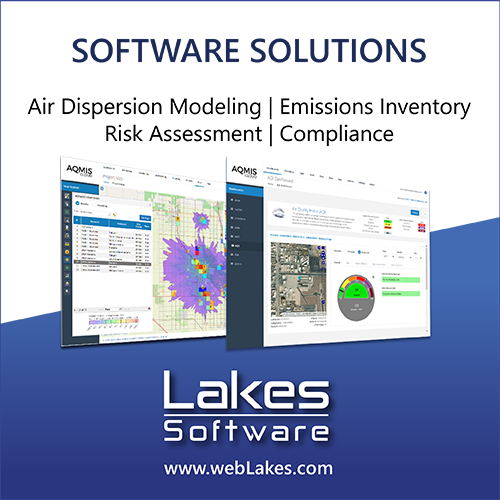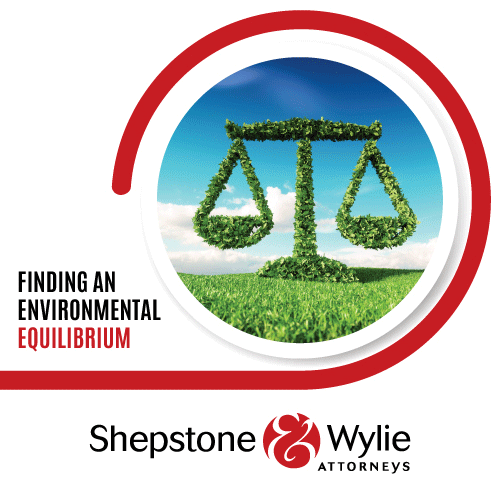The comparability of modelled concentrations using alternative meteorological datasets: A case study of SO dispersion from a large stationary source
Keywords:
AERMOD, air pollution meteorology, sulphur dioxide, refinery emissions, representative meteorologyAbstract
The Department of Environment Affairs (DEA) recently (December 2012) published, for public comment, guidelines for regulatory air quality modelling, including guidance on modelling input requirements, and protocols and procedures to be followed to ensure comparability of results. Due to the relative scarcity of site- representative meteorology, the proposed Regulations propose mainly qualitative criteria for the acceptable use of alternative meteorology, that is meteorology representative of the site but not local to it. Modellers are also not required to validate their modelling but are required to use ambient air quality measurements to evaluate modelling results but only if these measurements are available. We explore the comparability in modelled concentrations when using different sets of surface and upper air data, using a case study of SO emissions from a large stationary source (an oil refinery), 2 and compare AERMOD modelled concentrations against monitored values. Cape Town International Airport (CTIA) surface data, 14km from the refinery, differed significantly from that of local meteorological stations. AERMOD modelled SO concentrations based on CTIA surface and upper air data differed significantly from those based on local (Table View) data. Good agreement with monitored ambient concentrations and is achieved using the combination of local (Table View) surface meteorology and Lakes Environment's Upper Air Estimator using both Table View and CTIA surface data to estimate mixing heights
Downloads
Downloads
Published
Issue
Section
License

All articles are published under a Creative Commons Attribution 4.0 International License; copyright is retained by the authors. Readers are welcome to reproduce, share and adapt the content without permission provided the source is attributed.








.png)